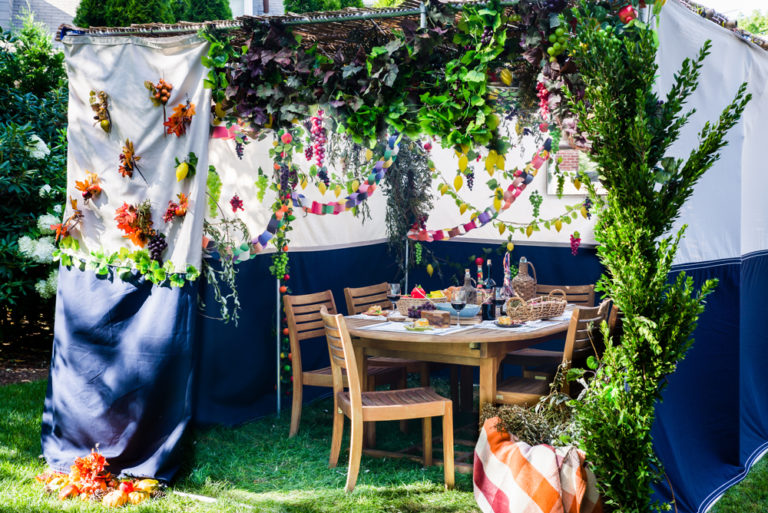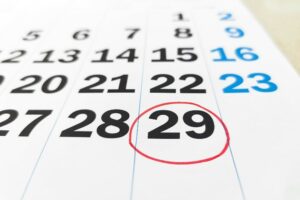
“Three times a year all men must appear before the LORD your God at the place he will choose: at the Festival of Unleavened Bread, the Festival of Weeks, and the Festival of Booths. No one should appear before the LORD empty-handed” (Deuteronomy 16:16).
There are three pilgrimage festivals in the Jewish tradition that once required visiting the Temple in Jerusalem. They are called the “Shalosh Regalim” in Hebrew (from the root word regel or “foot”).
The cycle of these holidays begins in spring and ends in autumn. All three holidays are connected as they all have agricultural and historical significance.
These holidays are: Pesach (Passover or the “Festival of Unleavened Bread”), Shavuot (the “Festival of Weeks”), and Succot (the “Festival of Booths”).
- Passover marks the beginning of the spring and the end of the barley season. It is, of course, also a celebration of the Exodus of the Israelites from slavery in Egypt.
- Passover is a time for leaving…
- Shavuot is a celebration of the first fruits of the late spring harvest. It also celebrates the revelation of Torah by God to the Israelites at Mount Sinai.
- Shavuot is a time for receiving…
- Succot, as we have learned, celebrates the fall harvest. It also recalls the experience of the Israelites wandering through the desert for 40 years after the exodus from Egypt.
- Succot is a time for rejoicing…
When the ancient ancestors lived in the land of Israel, they would make a pilgrimage to the Temple in Jerusalem on these three festivals, where they would participate in various rituals in coordination with the services of the priests at the Temple.
Since the time of the destruction of the Second Temple in 70 CE, the actual pilgrimage is no longer considered obligatory and no longer takes place on a national scale. However, during synagogue services throughout the world, related biblical passages describing the holiday being observed are read aloud from the Torah scroll as part of the festival service. In Israel, many people living in or near Jerusalem make an effort to attend prayer services at the Western Wall as a way of following in the footsteps of the ancient pilgrims.






